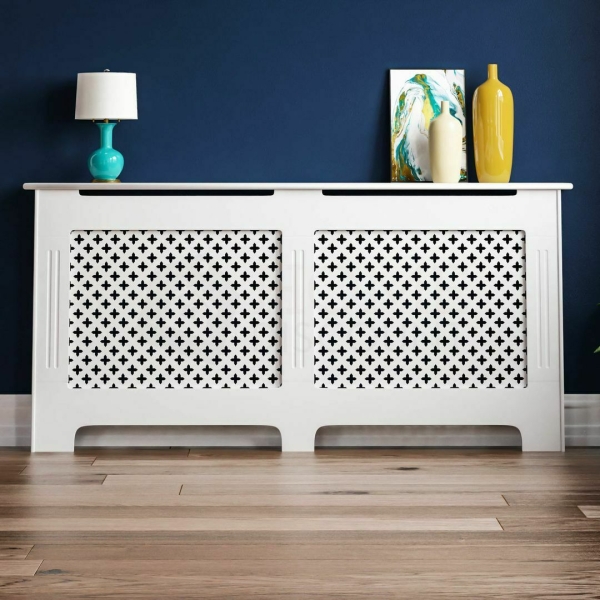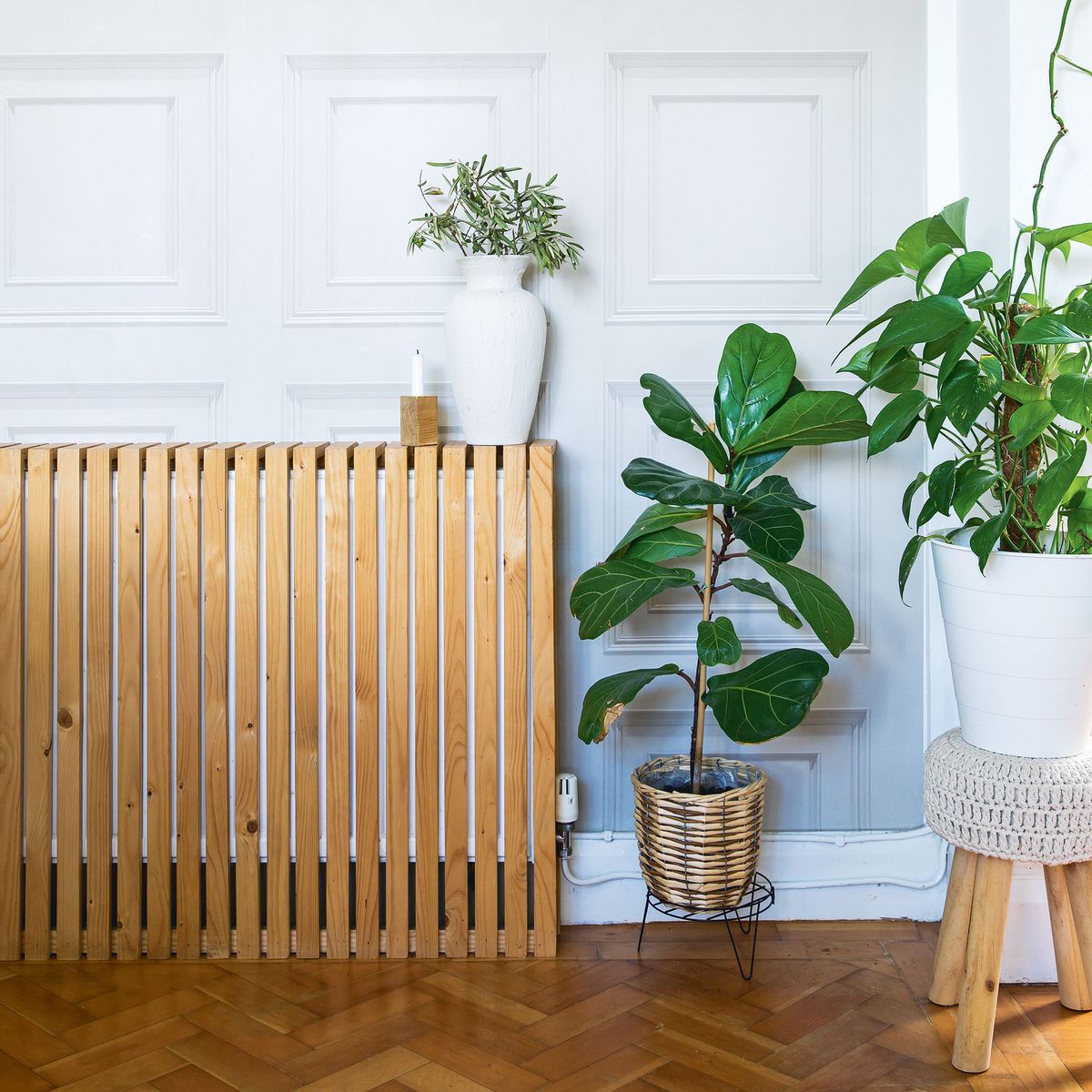DIY Tips for Installing a Radiator Cover effortlessly
DIY Tips for Installing a Radiator Cover effortlessly
Blog Article
Radiator Covers: Understanding Products, Designs, and Advantages
Radiator covers offer both visual and functional objectives within a home, supplying a variety of products such as hardwood, mdf, and metal to fit numerous design preferences. As designs evolveâEUR" from conventional to contemporaryâEUR" these covers not just boost the aesthetic charm of an area however likewise add to security and power performance. Choosing the right radiator cover includes recognizing the subtleties of materials, layouts, and their connected benefits. This expedition elevates vital concerns concerning how these elements incorporate right into your living setting and what factors to consider ought to assist your selection procedure.
Kinds Of Materials


Wooden covers, often crafted from woods such as oak or maple, provide a classic, warm appearance that enhances typical interiors. Their longevity and ability to be tarnished or repainted add to their convenience. Steel covers, usually made from steel or light weight aluminum, are preferred for their effectiveness and contemporary look, typically featuring streamlined lines that improve contemporary spaces.
MDF, a manufactured timber product, is popular for its cost-effectiveness and simplicity of customization. It can be repainted or ended up to match existing style while offering a smooth surface. Plastic covers, while less usual, are lightweight and immune to dampness, making them appropriate for moist atmospheres.
Ultimately, the choice of material for a radiator cover must line up with the property owner's design choices, useful requirements, and the specific setting where the cover will certainly be mounted. Each product uses an unique personality, guaranteeing that there is a choice to fit every preference and setting.
Popular Design Styles
Highlighting visual charm, preferred layout styles for radiator covers show a range of preferences and interior style trends. Typical designs usually include complex woodwork and elaborate describing, making them appropriate for traditional or vintage-inspired insides. These covers normally include sculpted components, giving a cozy and inviting feel to any kind of room.
In contrast, modern layouts concentrate on minimalist appearances, characterized by tidy lines and underrated style. Products such as steel or smooth wood with a smooth surface are typically used, allowing these covers to mix perfectly into modern spaces. Industrial styles, on the other hand, embrace raw materials like subjected steel and concrete, including a vibrant statement to loft or metropolitan setups.
For those looking for a special touch, bespoke layouts supply modification choices that provide to private choices, allowing house owners to select colors, patterns, and materials that match their decor. In addition, farmhouse-style covers integrate rustic elements, featuring distressed timber and straightforward types that evoke a relaxing, country appeal.
Advantages of Radiator Covers
Radiator covers not only boost the visual allure of a room but also provide numerous practical benefits that make them a worthwhile enhancement to any kind of home. Among the main advantages is safety, particularly in homes with youngsters or family pets. Covers minimize the danger of burns from warm radiator surfaces, making certain a much safer environment.
Furthermore, radiator covers can enhance power effectiveness. By guiding warm into the room rather than allowing it to get away, they help keep a constant temperature, minimizing heating expenses with time. This is specifically valuable in older homes where radiator systems may be much top article less reliable.
Another noteworthy benefit is noise reduction. Radiators can in some cases generate undesirable noises during procedure, and covers can aid stifle these sounds, adding to an extra tranquil home. Radiator covers can be useful, offering extra storage space or display screen room, thereby taking full advantage of the energy of often-overlooked locations.
Lastly, they can secure radiators from dust and particles, which can impede efficiency and increase upkeep needs. With these incorporated benefits, radiator covers arise as a functional remedy for boosting both the functionality and design of any home atmosphere.
Installation Factors To Consider
Installing radiator covers calls for careful consideration to guarantee both capability and safety (Radiator cover). First, evaluate the measurements of your radiator and the surrounding space to ensure a correct fit. Exact dimensions are critical; an ill-fitting cover can block warmth circulation or produce safety hazards
Next, examine the material of the cover. While timber offers visual appeal, steel alternatives might give better toughness and warmth resistance. Take into consideration the weight of the cover as well; larger covers might need extra support or supports to stay clear of sagging or damages gradually.
Air flow is another important facet. Covers must include adequate air movement to stop overheating find more info and maintain efficient home heating. Search for layouts with slats or perforations that permit warm to flow without obstruction.
In addition, ensure that the cover is safely mounted to stop crashes, especially in homes with children or animals. Radiator cover. It's suggested to comply with the producer's setup standards carefully and, if required, consult a professional for complicated setups
Upkeep and Treatment Tips
Correct maintenance of radiator covers is crucial for ensuring their durability and optimum efficiency. Normal cleaning is important; dust and debris can gather, obstructing airflow and reducing heat performance. Make use of a soft, wet towel or a microfiber duster to carefully clean the surface, avoiding harsh chemicals that may harm the coating. For painted or wood covers, take into consideration an appropriate polish or safety layer to keep their look.
Inspect the covers periodically for signs of wear or damage, such as cracks or peeling paint. Resolving these issues quickly can avoid further damage. Ensure that the covers are safely attached and look for any kind of loose screws or fittings, as vibrations from the look at this now radiator can loosen them gradually.
In cooler months, avoid positioning heavy objects or ornamental items in addition to the radiator covers, as this can hamper warmth circulation and trigger unneeded tension to the framework. Consider seasonal maintenance by getting rid of the covers for extensive cleansing and examination throughout warmer months when the home heating system is inactive. Adopting these basic care pointers will certainly enhance the efficiency and aesthetic charm of your radiator covers, ensuring they serve their objective successfully for years ahead.

Verdict
In summary, radiator covers offer as visual and functional enhancements to domestic spaces. Cautious factor to consider of installment and maintenance more makes sure the durability and efficiency of radiator covers in any home atmosphere.
Radiator covers offer both functional and visual objectives within a home, using a variety of materials such as hardwood, mdf, and steel to fit different design preferences. Selecting the appropriate radiator cover involves recognizing the subtleties of products, styles, and their connected benefits.Emphasizing aesthetic appeal, preferred style styles for radiator covers mirror a variety of preferences and interior design trends.Radiator covers not just enhance the aesthetic allure of a space yet also supply several useful benefits that make them a worthwhile enhancement to any kind of home. Consider the weight of the cover as well; much heavier covers may need additional support or supports to prevent drooping or damage over time.
Report this page